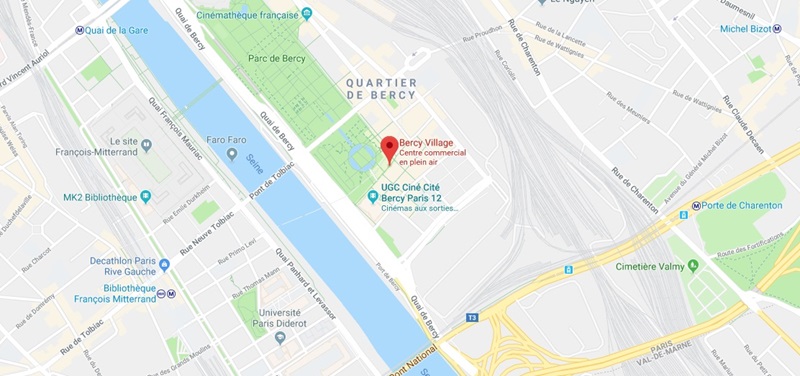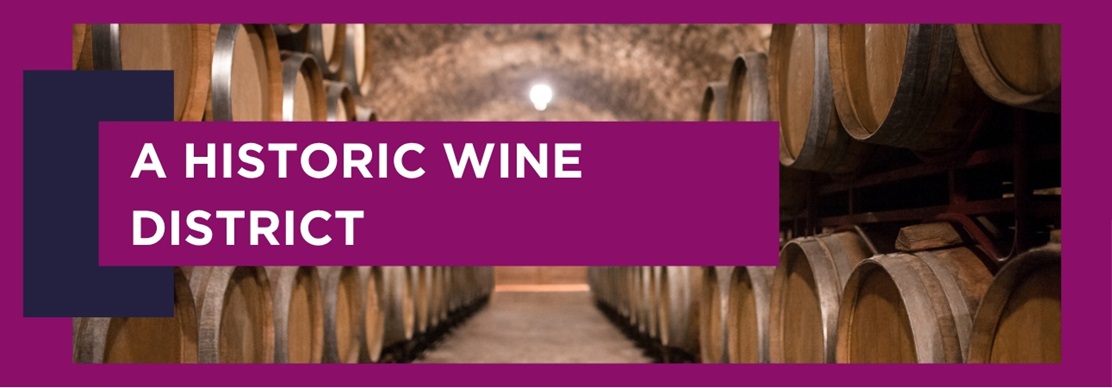
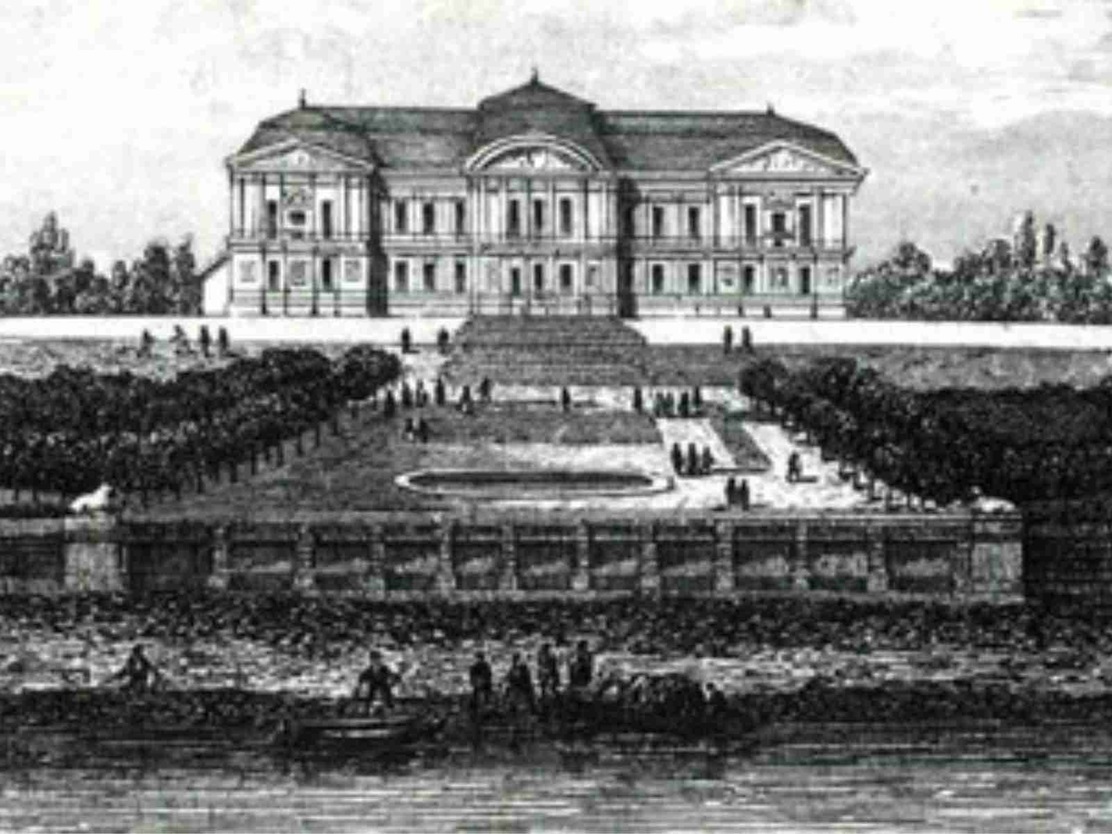
The origins of Bercy Village : a journey through History
Back in the 12th century, the Bercy site began its transformation—from a semi-rural area to a lordship—becoming a strategically important territory. A few centuries later, in the 17th century, the neighborhood gained new prestige with the construction of the Château de Bercy, a residence said to rival the splendor of Versailles. Can you imagine? It naturally attracted the upper aristocracy.
But it was truly in the 17th century that Bercy's destiny changed, when Louis XIV granted tax exemptions to winemakers. This decision led to the creation of Bercy's first wine warehouse—an act that would leave a lasting legacy.
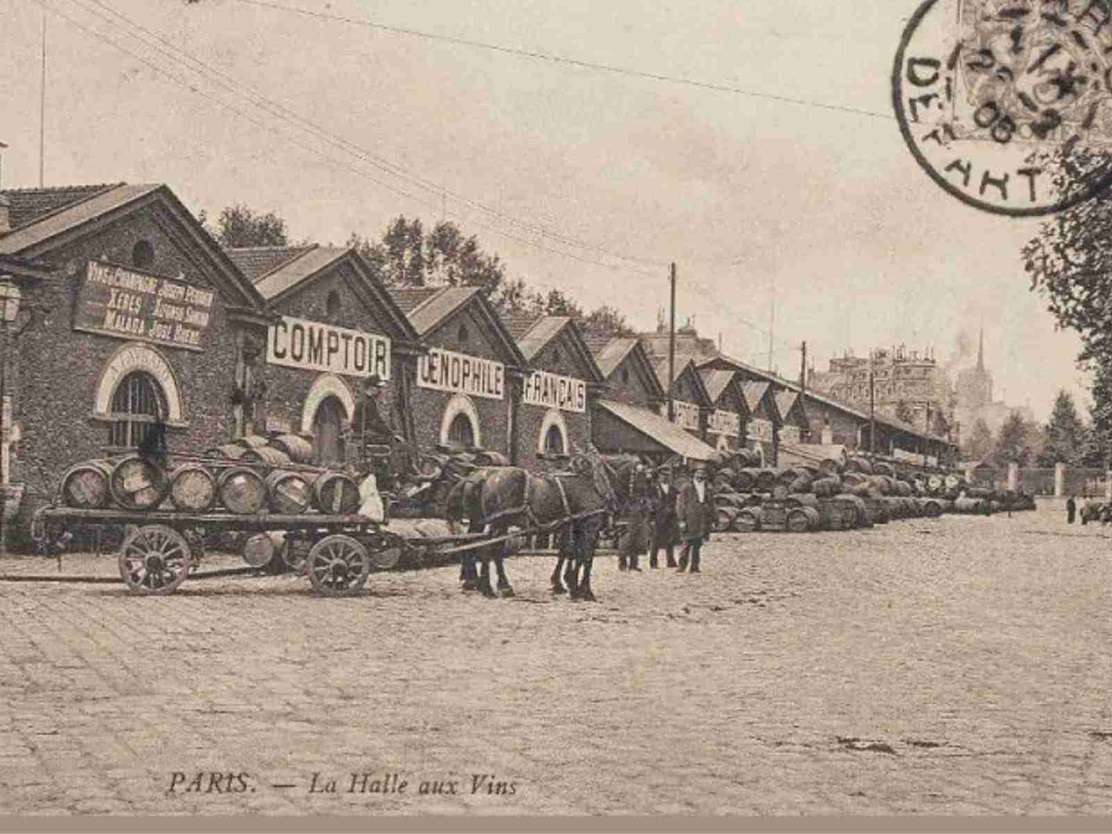
The golden age of the wine trade
Thanks to its strategic location and modern infrastructure—including river and rail transport—Bercy became, in the 19th century, the largest wine market in the world and a key hub of trade.
Vast warehouses were built to store and distribute wine, especially from Burgundy and the Morvan region.
The area came alive with wine merchants, artists, and boatmen. Life in Bercy was vibrant, with guinguettes (open-air cafés with music and dancing) and festive gatherings creating an unmistakable Parisian atmosphere of warmth and conviviality.
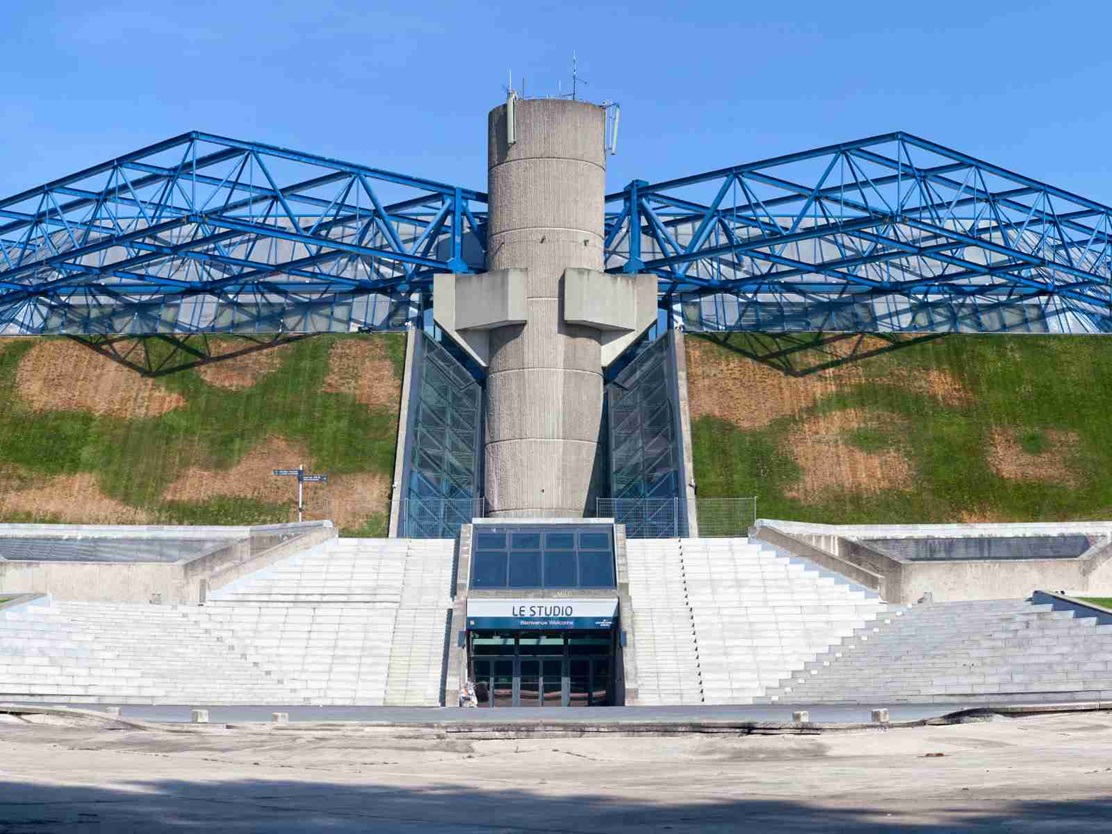
A neighborhood in transition : from industry to urban renewal
From the 1960s onward, the wine trade gradually declined, and Bercy had no choice but to begin a major transformation.
Starting in the 1980s, a new momentum took hold in Bercy, notably with the construction of major public facilities like the Palais Omnisports de Paris-Bercy in 1984 (now Accor Arena), followed by the relocation of the Ministry of Economy and Finance in 1990, and the creation of the Parc de Bercy. This transition marked a turning point—transforming Bercy into a space that honors its winemaking heritage while preserving its festive and friendly spirit, now reimagined as a dynamic place where culture, history, and shopping meet.
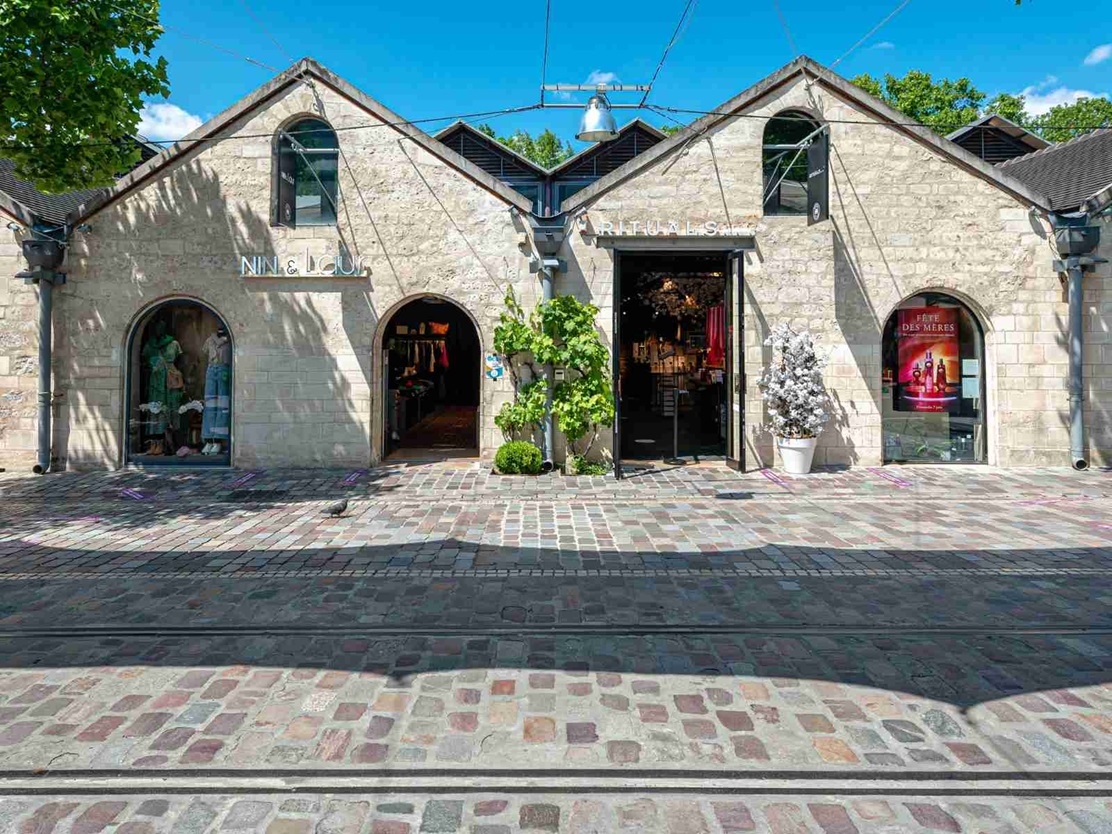
The creation of Bercy Village : where heritage meets modernity
In the year 2000, the site was fully renovated to become Bercy Village. Built on the foundations of the old wine warehouses—classified as historic monuments in 1986—the original architecture was preserved to retain the soul of the place, while transforming it into a modern living space blending shopping, dining, and leisure in a truly unique setting.
Today, Bercy Village is known as a lively destination filled with restaurants, shops, leisure spaces, and the UGC Ciné Cité cinema complex. With easy access via Metro Line 14 (Cour Saint-Émilion station), it has become a popular spot for both Parisians and visitors.
A rich history and contemporary energy—these are the hallmarks of Bercy Village, now a true cultural and commercial hub that seamlessly blends heritage and innovation in the heart of Paris’s 12th arrondissement.

